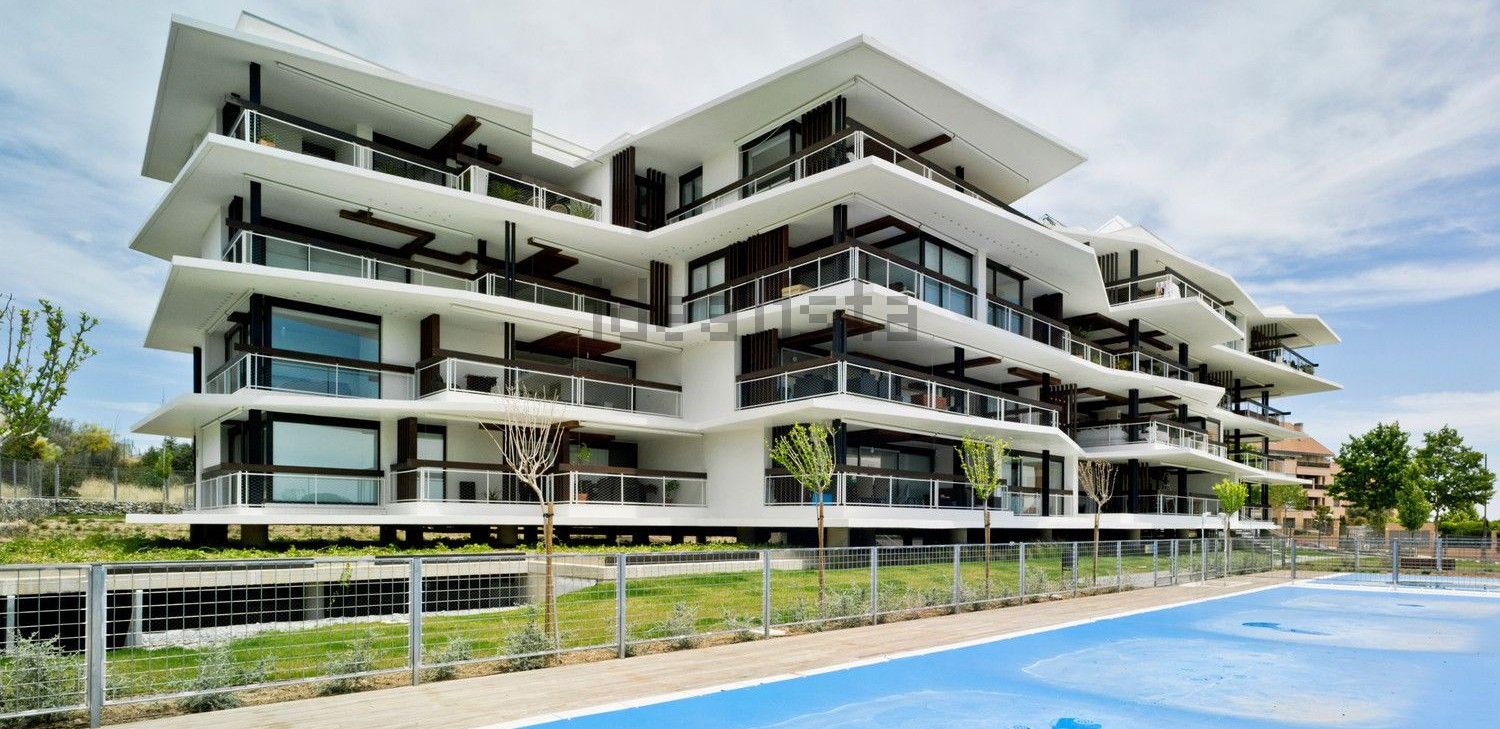In the dynamic world of real estate, development models have evolved to adapt to changing market needs and investor profiles. Among the most relevant and widely debated schemes are Build to Rent (BTR) and Build to Sell (BTS). Both represent distinct strategies for promoting residential assets, with very different economic, social, and financial implications.
What is Build to Rent (BTR)?
The Build to Rent model is based on the construction of residential buildings designed exclusively for rental purposes. These are generally large multifamily developments managed by institutional funds, REITs, or insurance companies, aiming to achieve stable, long-term returns through recurring rental income.
This model typically includes:
Professional property management
Additional services: concierge, coworking areas, gyms, common spaces, etc.
Flexible lease agreements tailored to end-user needs
Urban locations with high demand and good connectivity
What is Build to Sell (BTS)?
In contrast, Build to Sell is the traditional model, which consists of building residential units to sell them once construction is completed. It remains the most common strategy among real estate developers, as it allows them to recover their investment quickly through sales.
Main characteristics include:
Shorter business cycles
Sales from plans or by phases
Higher exposure to market risk
Oriented towards individual buyers, whether for primary residence or investment

Current Trends
Growth of BTR in Spain
Although historically dominated by BTS, the Spanish market is experiencing a boom in BTR, especially in cities like Madrid, Barcelona, Valencia, Málaga, and Seville.
Funds such as Axa, Nuveen, Greystar, and DWS are investing heavily in rental portfolios due to high demand, particularly among young people and urban professionals.
A structural lack of rental housing in Spain is positioning BTR as a viable institutional solution.
Hybrid Models and Flex Living
Mixed-use schemes are emerging, blending BTR and coliving, with hybrid formulas allowing tenant turnover and flexible leasing.
Some projects initially planned as BTS are being converted to rental due to market shifts.
Increased Professionalization
The rise of large-scale rental operations has brought specialized asset managers and a new rental culture focused on user experience.
Economic Uncertainty and Demand for Stable Returns
In a context of high interest rates and inflation, many investors are turning to assets with predictable cash flows, such as those under the BTR model.
Conclusion
Both Build to Rent and Build to Sell are valid strategies depending on the investor profile, economic conditions, and local market dynamics. While BTS remains dominant among traditional developers, BTR is gaining momentum as a structural solution to meet growing rental demand. The trend points towards a more diversified landscape where multiple development models will coexist, adapting to new urban lifestyles and housing needs.
CMC Real Estate Consulting
ACERCA DE CMC
El objetivo principal de CMC es ofrecer una gestión integral en sus dos vertientes principales: asset management y property management. Esto incluye la formulación de estrategias a medio y largo plazo para la optimización de activos inmobiliarios, así como la gestión operativa diaria. Esta última abarca tanto el control de ingresos y la atención al cliente como la supervisión de los gastos operativos.
En resumen, CMC ofrece asesoramiento especializado en inversiones y finanzas para aquellos interesados en comprar, vender o invertir en propiedades. Su enfoque se basa en investigaciones y análisis rigurosos que garantizan la viabilidad económica y financiera de cada proyecto.
Para más información puede ponerse en contacto con nosotros clicando aquí


